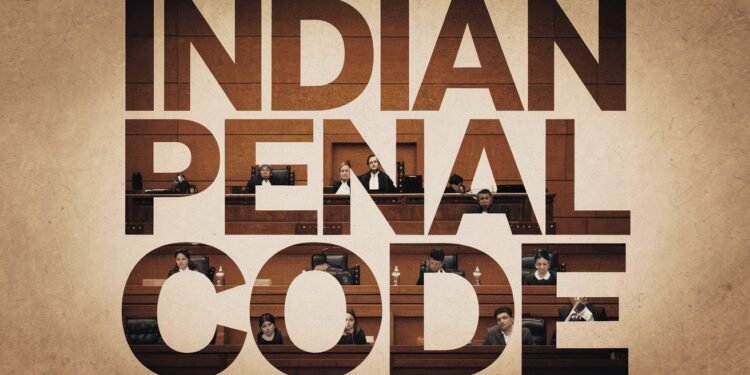Read Time:6 Minute, 6 Second
Ananya Ghosh, the author is currently a student in her second year in the LLB programme at NLSIU
FACTS
This case describes a dacoity that has taken place in Khajuria village. The structure of the houses was such that they shared a common space. At night, the men were sleeping outside their houses, when a band of dacoits entered into one of the houses and started looting. One of the men started a fire in the open space to provide some light, to get a grasp of the situation. Other than the fire, the house which was being looted also had lanterns burning. As the dacoits were plundering the home, several villagers assembled outside the house and started shouting at the dacoits. These villagers were carrying fire torches and so were the dacoits. Later on, when report was filed in the police station of the incident, the informants mentioned the name of a person of the neighbouring village, Chheddu , as one of the dacoits. They stated that they had seen his face on the night of the dacoity and had recognized him, as they were previously accustomed to each other.
ISSUE
The main contention of the defendants was that the witnesses had not seen the face of the accused and were lying about the fact situation, so as to fabricate him in a false case, as there was a history of blad blood between the accused and the petitioners.
LAW
-
391 IPC, Dacoity.—When five or more persons conjointly commit or attempt to commit a robbery, or where the whole number of persons conjointly committing or attempting to commit a robbery, and persons present and aiding such commission or attempt, amount to five or more, every person so committing, attempting or aiding, is said to commit “dacoity”.



